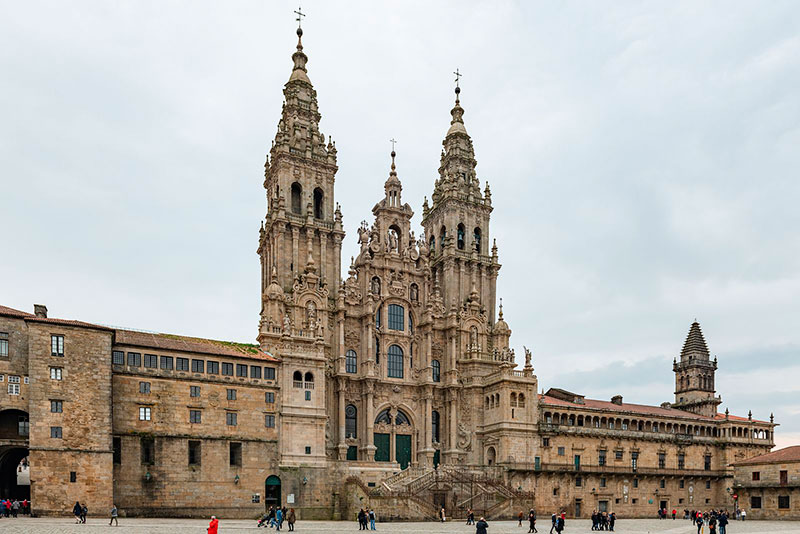Camino de Santiago in Winter
At any time of the year it will be a unique experience to walk the Camino de Santiago, but it is clear that each season has its pros and cons.
Let’s see the positive and negative points of doing the Camino de Santiago in winter to help you decide and prepare yourself properly for these dates.
Pros of the Camino de Santiago in winter
- Since the Camino is not crowded at this time of the year, it will be a more intimate experience with yourself.
- Your companions on the pilgrimage will be the silence and tranquility of the villages and the landscape.
- You will have more time to reflect with yourself.
- The schedule will be freer, you will not have to get up early to get a bed in the hostel or book for it.
- You will be able to walk from mid-morning onwards and thus avoid the early morning frost.
- You will not see a conglomeration of pilgrims, so you will have no problem for food and other services.
- If you like photography, you will find wonderful landscapes with snow that will leave you with your mouth open.

Cons of the Camino de Santiago in winter
- The hardness of the route will be linked to the weather.
- You should plan better where to rest and stop to eat as some establishments close at this time.
- You should plan what you need if you find a snowy stretch, because it can be dangerous if you are not well equipped.
- You will have more dead hours that you will not be able to take advantage of to see other trails because of the weather and you will have to take shelter.
- At this time of the year is when most accidents occur on sections complicated by snow, such as the first stages of the French Way.
- You must be careful not to get lost as there are few hours of light and it will make the way difficult.
- You will find muddy stretches in addition to the snow so your physical preparation must be greater.
- And your backpack will be bigger and heavier because you will be carrying warm clothes.
Indispensable things to carry in the backpack
- Waterproof and high boots.
- Gloves, hat and scarf similar to those for skiing.
- Long-sleeved thermal T-shirts.
- Waterproof and detachable mountain pants.
- Windbreaker for you and your backpack.
- Sleeping bag.
- A reflector for the hours of darkness.
- Extra battery for your cell phone in case you get lost.
